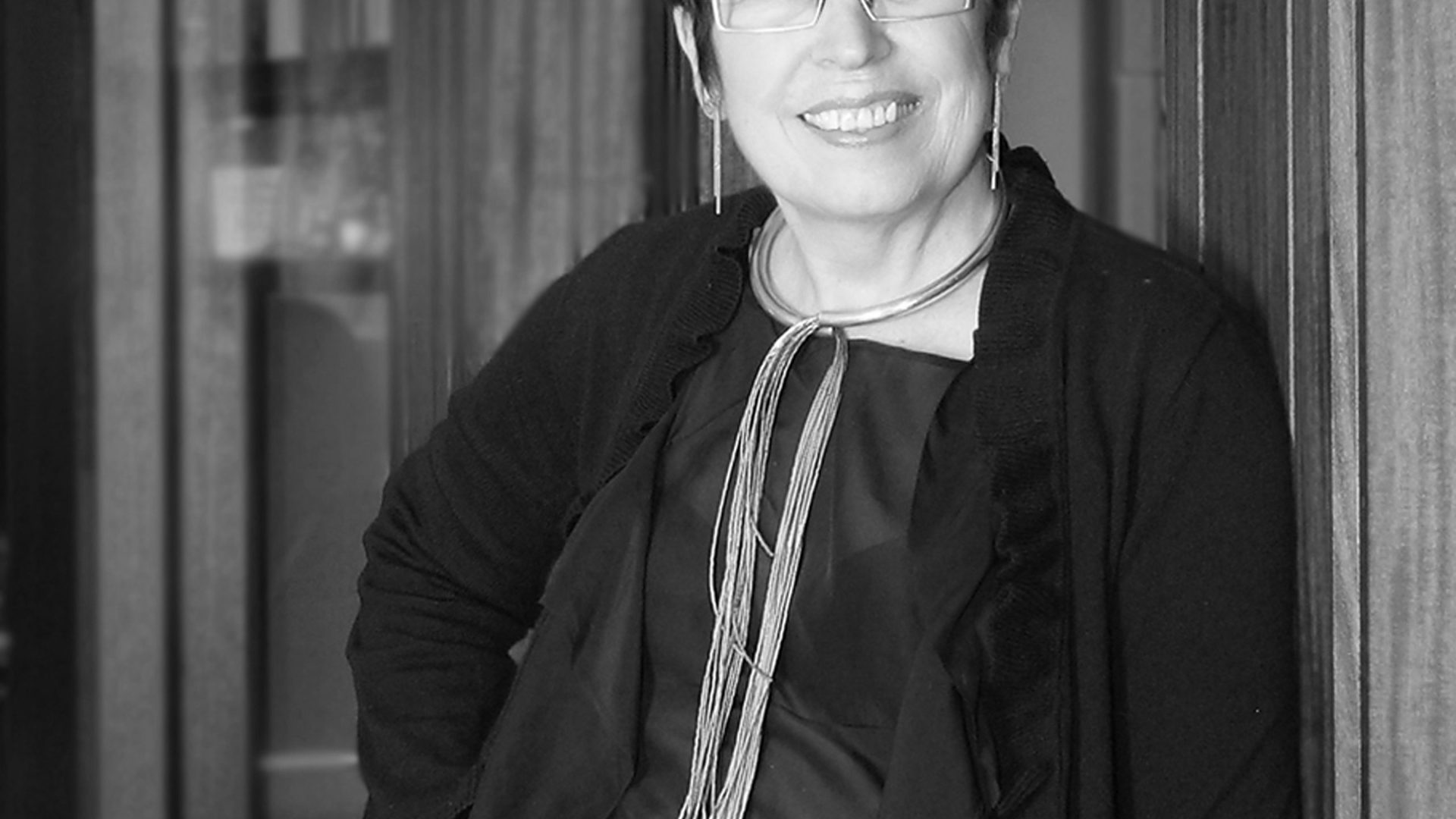‘You are only what you surround yourself with? No. You surround yourself only with who you are.’ (Rob Walker, Buying In: The Secret Dialogue Between What We Buy and Who We Are. Random House, 2008.)
‘You are only what you surround yourself with? No. You surround yourself only with who you are.’ (Rob Walker, Buying In: The Secret Dialogue Between What We Buy and Who We Are. Random House, 2008.)
There are books to be looked at before they are read. Read my Pins by Madeline Albright is such a book. Begin by looking at only half of the photos – the brooches. As you page through, note the sweetest, most tender brooches, such as cupids, doves, flowers: what the Victorians referred to as ‘sentimental’ pieces. Sentimental is to Victorians as narrative is to jewelry art. Victorians were enamored of the idea that jewelry expressed a sentiment, a message, a remembrance.
Holding such an idea in mind, return to the book and do the following. Look at all 285 pins. Guess at the size of each pin. One-and-a-half inches? At the most two inches? Now, return to the book and study each photo of Madeline Albright. Are you not surprised that many (most!) of these brooches are huge? These are not the dainties of the Victorians. However, what they share with the women of the nineteenth century is the message. Take time to study each photo of Madeline Albright. Attempt to identify the person or persons beside her. Try to determine the brooch’s message.
Conclusion? Madeline Albright knows about the symbolic use of jewelry. It is apparent that this woman tells us, through her jewelry, who she is, what she is thinking and what she wants others to think.
Read My Pins focuses on the years that Albright describes as the time of ‘post-marital independence.’ After her divorce, she taught world affairs at Georgetown University, served as Ambassador to the United Nations, traveled the world as Secretary of State. She began to purchase her own jewelry. Her choices are thoughtful and specific. She was and is attracted to jewelry that tells the observer something about her.
Anticipating the positive? Flowers or hearts, grapes or swans, ladybugs or high-flying balloons. Meeting with Yasser Arafat, Saddam Hussein or Kim Jong-il? Bees, snakes, or a very large American flag. Seated with the cabinet and the president? A 6.3 inch brooch that is not only large, but moves and draws attention to the fact that it is an eagle . . . a very large eagle, on a five-foot-two-inch woman. Death of Cuban fighter pilots in February 1996? A blue bird with its head down in mourning.
This book is an easy afternoon’s read. The reason it is worth reading, in addition to the visual feast, is that Albright writes in a personable, conversational manner. She writes about why she collects and how her collection is an extension of her position and her person. By the end of the book when she writes, ‘my pins are part of the package,’ we in the world of jewelry art understand exactly what she means.
The index is a researcher’s and a reader’s delight. Not only is each piece of jewelry documented with the name of the piece, the maker (when known), the country of origin and the size, but each description is attended by a photograph. No back-and-forth flipping of pages.
A parting suggestion for those of you who have friends or relatives who cannot, for the life of them, figure out why you are wedded to the world of jewelry art: give Madeline Albright’s book as a holiday present. We know why Madeline Albright declares, Read My Pins. Time to pass it on.






